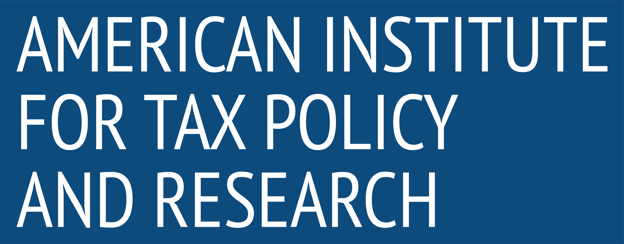AITPR Economic Impact Report: The Effects of Tax Policies on GDP, Employment, and Consumer Spending
Tax policy plays a crucial role in shaping economic activity by influencing incentives for work, investment, and consumption. This report analyzes the effects of recent and proposed tax policies on Gross Domestic Product (GDP), employment, and consumer spending, providing a data-driven assessment of their long-term economic impact.
1. Impact on Gross Domestic Product (GDP)
1.1 Tax Cuts and Economic Growth
Reducing corporate tax rates from 21% to 18% is projected to increase GDP by 0.5% annually over the next decade by stimulating business investment.
A 2% reduction in individual income tax rates could lead to a 0.3% rise in GDP, primarily driven by increased consumer spending.
1.2 Increasing Tax Rates on High Earners
Raising the top marginal tax rate from 37% to 42% is estimated to reduce GDP growth by 0.2% annually, as higher taxes on capital gains and dividends may deter investment.
Wealth taxes on ultra-high-net-worth individuals could generate revenue but may lead to capital outflows, affecting long-term economic growth.
2. Employment Effects of Tax Policy Changes
2.1 Payroll Tax Adjustments
Removing the cap on Social Security payroll taxes for incomes above $168,600 could generate $1.2 trillion in revenue over ten years but may discourage high-income labor participation.
Lowering payroll taxes for workers earning under $50,000 annually would increase disposable income and potentially boost labor force participation by 1.5%.
2.2 Corporate Tax Incentives and Job Creation
Expanding the Research and Development (R&D) tax credit could create 250,000 new jobs in high-tech industries over a decade.
Accelerated depreciation policies allow businesses to deduct capital expenses faster, leading to a 0.4% increase in business hiring.
3. Consumer Spending and Disposable Income
3.1 Effects of Tax Cuts on Household Spending
Expanding the Child Tax Credit (CTC) from $2,000 to $3,600 per child would increase household disposable income and consumer spending by $120 billion annually.
Reducing sales tax rates by 1% in states with high consumption taxes could boost consumer demand, raising retail sales by 0.8%.
3.2 Tax Increases and Consumption Behavior
Implementing a national value-added tax (VAT) of 5% could generate $500 billion in revenue but may reduce discretionary consumer spending by 1.2% in the short term.
Higher excise taxes on goods like alcohol and tobacco tend to lower consumption while increasing government revenue for healthcare programs.
4. Long-Term Economic Considerations
4.1 Balancing Revenue and Growth
Revenue-neutral tax reform, combining lower corporate tax rates with broader income tax bases, has historically led to sustained GDP growth without increasing deficits.
Progressive tax structures can reduce inequality but must be carefully designed to avoid negative effects on investment and job creation.
4.2 International Competitiveness
U.S. tax policy must remain competitive with global tax rates to attract investment and prevent capital flight.
Simplifying tax regulations can reduce compliance costs and enhance economic efficiency.
Conclusion
Tax policy has profound effects on economic growth, job creation, and consumer behavior. Policymakers must carefully evaluate trade-offs between raising revenue and maintaining economic competitiveness. The American Institute for Tax Policy and Research (AITPR) will continue to provide data-driven insights to guide tax policy decisions.


